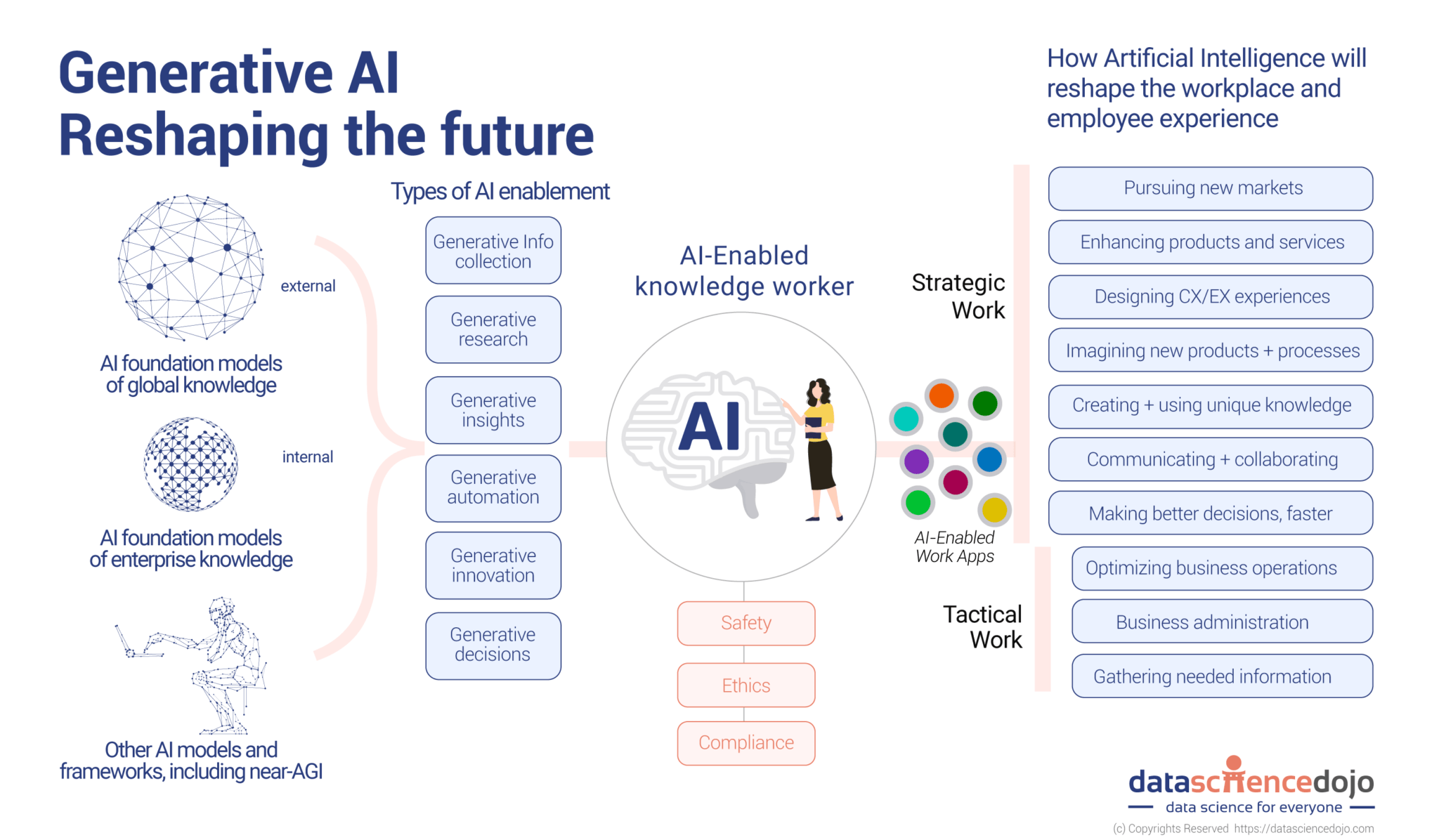The Economic Viability Of Offshore Wind Farms Under Scrutiny

Table of Contents
High Initial Investment Costs and Financing Challenges
Developing offshore wind farms demands substantial capital expenditure. The process encompasses various stages, each contributing significantly to the overall cost. These include comprehensive site assessments to determine suitability, the procurement and installation of massive wind turbines, the construction of complex subsea and onshore grid connections, and the necessary operational and maintenance infrastructure. Securing financing for such projects presents unique complexities. While government subsidies, green bonds, and private equity play crucial roles, the inherent risks associated with large-scale infrastructure projects make securing funding a significant hurdle.
- High upfront costs for specialized vessels and equipment: The specialized ships and heavy-lift equipment needed for offshore construction are expensive to lease or purchase, significantly impacting initial investment.
- Uncertainties related to long-term energy prices and government policies: Fluctuations in energy markets and potential changes in government support schemes introduce uncertainty into long-term financial projections, making investors hesitant.
- Need for robust risk assessment and mitigation strategies: Thorough risk assessment, including geopolitical, environmental, and technological risks, is crucial for attracting investment and securing project financing.
- Dependence on securing long-term power purchase agreements (PPAs): PPAs guarantee a predictable revenue stream, crucial for attracting lenders and investors. However, securing favorable PPAs can be challenging and depends on market conditions and regulatory frameworks.
Operational Costs and Maintenance Expenditure
The ongoing operational costs and maintenance expenditure associated with offshore wind farms are substantial. Their remote location and exposure to harsh marine environments necessitate specialized vessels, highly skilled technicians, and robust maintenance schedules. Routine inspections, repairs, and eventual turbine replacements contribute significantly to operational expenditure.
- Specialized vessels and skilled technicians required for maintenance: Accessing and maintaining offshore wind turbines requires specialized vessels and highly trained personnel, driving up operational costs.
- Costs associated with weather downtime and unexpected repairs: Adverse weather conditions can significantly impact operations and lead to costly delays and unexpected repairs.
- Impact of technological advancements on operational costs: Advancements in turbine design, predictive maintenance, and data analytics can help reduce operational costs in the long term.
- Importance of predictive maintenance and data analytics: Utilizing data analytics and predictive maintenance strategies can optimize maintenance schedules, minimize downtime, and reduce overall operational costs.
Grid Integration and Transmission Infrastructure
Connecting offshore wind farms to the onshore electricity grid poses significant challenges. This involves substantial investment in new transmission infrastructure, including high-voltage subsea cables and onshore substations capable of handling the large amounts of electricity generated.
- High costs of laying and maintaining subsea cables: Laying and maintaining subsea cables over long distances in challenging marine environments is expensive and complex.
- Environmental impact assessments and permitting processes: Extensive environmental impact assessments and navigating complex permitting processes add time and cost to project development.
- Potential grid congestion and stability issues: Integrating large amounts of offshore wind power into existing grids can cause congestion and stability problems, requiring grid upgrades.
- Integration with other renewable energy sources: Effective integration with other renewable energy sources (solar, hydro) is vital for a robust and efficient energy system.
Environmental Impacts and Associated Costs
While offshore wind energy is a clean energy source, concerns remain about its potential environmental impacts. These include potential disruption to marine life (marine mammals and bird populations), noise pollution, and seabed disturbance during construction. Mitigating these impacts requires substantial investment in environmental monitoring and mitigation strategies.
- Potential impact on marine mammals and bird populations: Careful site selection and operational practices are essential to minimize the impact on marine life.
- Noise pollution and its impact on marine life: Noise generated during construction and operation can affect marine animals; mitigation measures are necessary.
- Costs of environmental impact assessments and mitigation strategies: Comprehensive environmental impact assessments and the implementation of mitigation measures add to project costs.
- Compliance with environmental regulations and permitting: Strict adherence to environmental regulations and obtaining necessary permits adds to the complexity and cost of project development.
Government Policies and Regulatory Frameworks
Government policies play a crucial role in shaping the economic viability of offshore wind farms. Supportive policies, including subsidies, tax incentives, and streamlined permitting processes, are critical for attracting investment and reducing project risks. Conversely, regulatory uncertainty or changes in government policy can deter investment.
- Impact of feed-in tariffs and renewable energy credits: Feed-in tariffs and renewable energy credits provide price guarantees and incentives for renewable energy projects.
- Streamlining of permitting processes and environmental regulations: Efficient and transparent permitting processes can significantly reduce project development time and costs.
- Government support for research and development in offshore wind technology: Government investment in research and development drives innovation and cost reductions in offshore wind technology.
- Influence of international agreements and climate policies: International agreements and national climate policies shape the regulatory landscape and influence investment decisions.
Conclusion
The economic viability of offshore wind farms is a complex issue influenced by numerous factors, including high upfront costs, operational expenses, grid integration challenges, environmental concerns, and the evolving regulatory landscape. While significant upfront investment is required, long-term economic benefits, including job creation, reduced carbon emissions, and energy security, are substantial. Effective government policies, technological advancements, and efficient project financing are critical for ensuring the sustainable growth and economic viability of offshore wind farms. Further research and innovation are crucial for unlocking the full potential of this critical renewable energy source. To learn more about the future of sustainable energy, explore our resources on the economic viability of offshore wind farms today!

Featured Posts
-
 Fans React To Britains Got Talent Semi Final Was It Rigged
May 04, 2025
Fans React To Britains Got Talent Semi Final Was It Rigged
May 04, 2025 -
 Carneys Bold Vision Reshaping The Economy For The Future
May 04, 2025
Carneys Bold Vision Reshaping The Economy For The Future
May 04, 2025 -
 Red Wings And Tigers Games Fox 2 Simulcast Schedule
May 04, 2025
Red Wings And Tigers Games Fox 2 Simulcast Schedule
May 04, 2025 -
 Prevenir Les Erreurs Couteuses Affuter La Guillotine
May 04, 2025
Prevenir Les Erreurs Couteuses Affuter La Guillotine
May 04, 2025 -
 Ohio Building Contamination Lingering Effects Of Train Derailment Chemicals
May 04, 2025
Ohio Building Contamination Lingering Effects Of Train Derailment Chemicals
May 04, 2025
